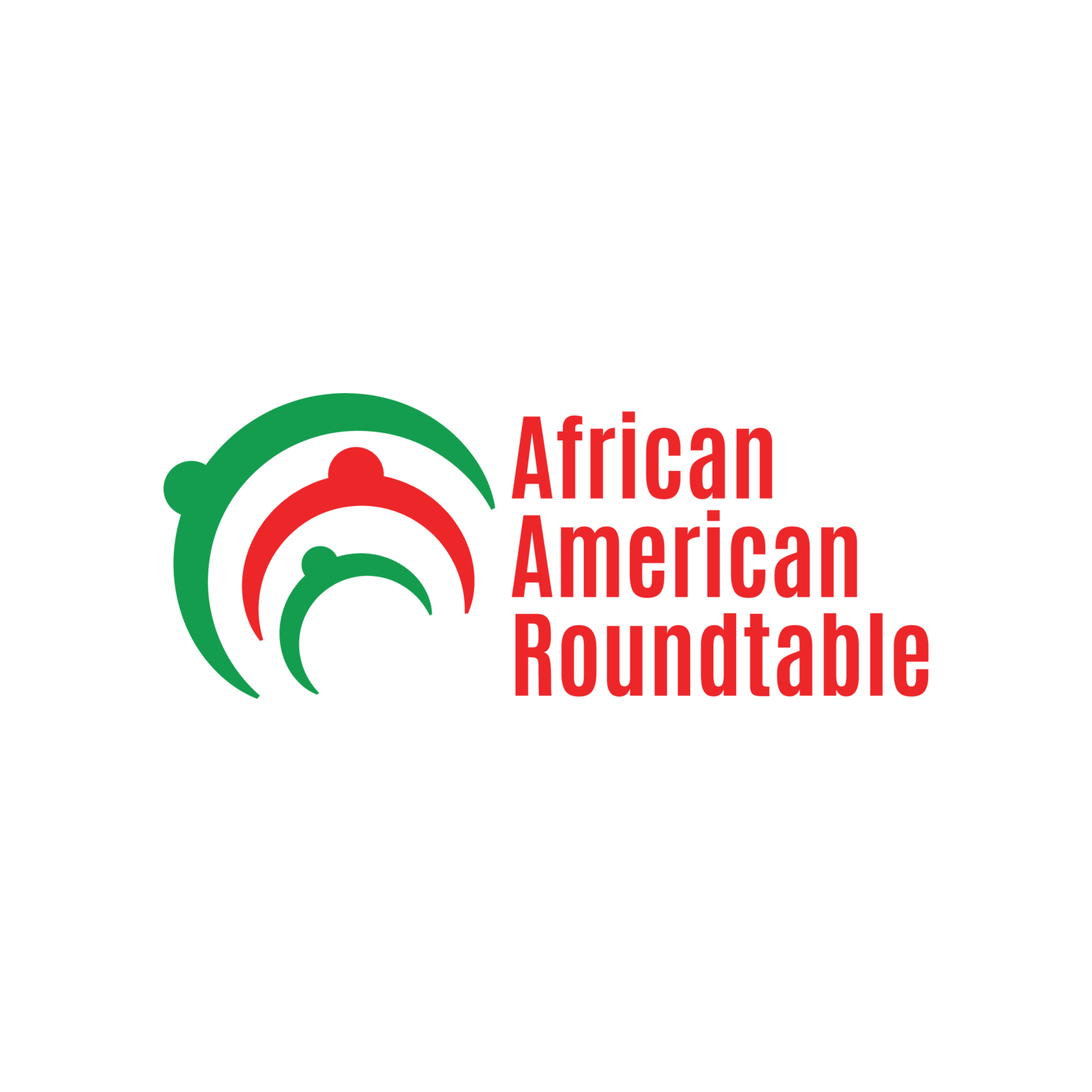Milwaukee’s Far Northwest Side: Where we are now
Part 2
This is the second of a three-part blog series intended to depict how we got here and the world we want to see. In the first part, I covered geographical and historical markings of Milwaukee's Northwest Side, including restrictive policies and decisions that displaced Black folks from across the city to its Northwest Side and the subsequent reputation of the area being riddled with crime, lack of safety, and business liability. In Part Two, let’s explore the question of where the Northwest Side is now.
Many residents assert that “there’s nothing over here” and refer to the area as “divested,” “dilapidated,” desolate,” “barren,” and/or “neglected.” Local government reinforces this as they continue to de-prioritize investment in our neighborhoods, the Department of Public Works, and the like while approving the construction of a $42 million youth prison. In addition, the Northridge Mall that residents experienced decades ago, but more recently is associated with the crime and lack of safety imposed on the Northwest Side, is being demolished. Residents miss a more communal feeling in their neighborhoods and feel unengaged by their alders, yet desire thriving communities that their young people can play, ride bikes, walk, gather and grow old in. Because of the Northwest Side Asset Map that the African American Roundtable worked with UBUNTU Research and Evaluation and local residents to create, I’m inclined to believe that this vision is in reach.
To create the map, UBUNTU trained AART’s staff, and resident leaders whom we stipended, on Afrofuturist Evaluation (AFE) and Asset-Based Community Development (ABCD) so that residents could support collecting the over 150 assets that were added to the map. ABCD “encourages communities to identify and leverage their existing assets to create sustainable change” (ABCD Institute, 2023), allowing communities to determine for themselves what they consider to be assets, as our resident leaders living and working in Aldermanic Districts 5 and 9 did. In training, UBUNTU taught us that “AFE builds upon the tenets of Afrofuturism to apply imaginative, liberatory thinking to evaluation processes to respect, protect, and fulfill all people's dignity (liston et al., 2024),” and in monthly meetings, we reviewed collected data, emerging trends, and new ways to approach the data search.
Applying these principles enabled us to identify political, economic, sociocultural, technological, legal, and environmental gems (treasures) and gaps on the Northwest Side. These included 34% service providers, 18% educational institutions/youth learning programs, 16% transportation services, and much more! We also found an opportunity for everyone to invest time, money, and/or energy in developing the gathering spaces for youth, elders, and families that Northwest Siders seek. Check out our toolkit containing a brief report of our findings and tools you can use to help promote the map!
AART continues to learn from and use ABCD and AFE principles, seeing them as tools for moving toward the thriving Northwest Side that residents believe is possible. When soft launching the map to key stakeholders in November 2023 and celebrating the map’s public launch on May 4, 2024, we sought feedback from attendees, who collectively defined the map as an informative, resourceful, and necessary inventory for promoting community economics and connections. With this, there’s no doubt that the communal and safe Northwest Side that residents envision is in reach. It also feels clear that gathering Northwest Siders to expand and clarify our collective vision is our first step to doing so. While history tends to repeat itself, and it could if we continue to perpetuate a negative idea of the Northwest Side, talking about more positive visions could begin to transform the Northwest Side into an asset-rich community of care that meets each other’s needs.
In preparation for Part Three, of this series, and AART’s work to gather Northwest Side families, elders, and youth, ask yourself these questions: What would a thriving Northwest Side consist of? What steps are you willing to take to make that vision a reality?
Ryeshia Farmer serves as the African American Roundtable’s Community Program Manager.

